5 Common Mistakes Skiers Make: Learn How to solve them Improve Your Skiing
November 25, 2024 | Skiing, Skiing Tips
Skiing is an exhilarating sport, but even seasoned skiers can fall into bad habits that hinder their progress. This guide explores the five most common mistakes skiers make, particularly at the intermediate level, and provides actionable tips to become a better skier. Whether you’re navigating steep slopes or mastering short turns, this article is packed with valuable insights to improve your skiing technique and overall experience.
What Are the 5 Common Mistakes Skiers Make?
Every skier, from beginner to advanced, makes mistakes on the slopes. However, intermediate skiers are particularly prone to certain errors that hold them back from becoming better skiers.
The 5 common mistakes include:
- Leaning back instead of staying forward.
- Failing to use the outside ski effectively.
- Poor weight distribution between skis.
- Inconsistent pole planting.
- Misaligned upper body posture.
These mistakes often stem from incorrect body position, lack of muscle memory, and subconscious habits that develop over time. Recognizing and addressing these issues is key to improving your skiing.
Why Intermediate Skiers Often Lean Back on Their Skis
One of the most frequent skiing mistakes is leaning back. Many intermediate skiers develop this habit due to fear of speed or steep terrain.
Leaning back causes less control over the ski’s edge and decreases contact with the snow. To correct this, focus on pushing pressure on the front of the ski boots. Proper body separation—keeping your upper body still while your lower body moves—is essential for maintaining balance and control.
Role of the Upper Body in Maintaining Ski Technique
Your upper body plays a significant role in ski technique. A common mistake is allowing the upper body to twist in the direction of travel, which disrupts balance and weight distribution.
Keep your upper body still and facing downhill while your legs do the work. This alignment ensures even weight distribution across both skis and maximizes control, particularly on steep or uneven terrain.
Are You Using the Outside Ski Correctly?
The outside ski is critical for carving turns and maintaining stability. Many skiers fail to apply enough pressure to the outside ski, resulting in less control and unbalanced turns.
To improve, practice turning the skis with a focus on the outside edge. This technique helps distribute weight evenly into the snow and enhances your ability to make precise movements.
How to Tackle Steep Slopes Like an Advanced Skier
Steep slopes can be intimidating, even for intermediate skiers. The key to tackling them is maintaining proper weight distribution and body position.
Focus on putting weight on the skis while keeping your shin against the front of the boot. This posture allows for better contact with the snow and prevents the common mistake of leaning back. Practice short turns and carved turns to build confidence and control on steep terrain.
Mastering Short Turns to Navigate Difficult Terrain
Short turns are essential for navigating moguls, black terrain, and narrow pistes. Many intermediate skiers struggle with this manoeuvre due to poor weight distribution and lack of practice.
To master short turns, keep your body as well-aligned as possible and focus on pole planting for rhythm. A bit of practice with a ski instructor can make this technique second nature.
Understanding the Importance of Pressure on the Front of the Ski
Applying enough pressure on the front of the ski is critical for maintaining control and improving contact with the snow. This technique is often overlooked by good skiers who subconsciously lean back.
Push on the front of your boot while turning to maximize edge grip and stability. This adjustment will help you ski better, particularly in icy or challenging conditions.
How Ski Boots Impact Your Technique
Ski boots are the foundation of your skiing technique. Ill-fitting ski boots can lead to poor posture, reduced control, and discomfort.
Ensure your boots fit snugly around your foot and shin, with no excessive movement. Properly fitted ski boots help maintain balance and allow you to execute manoeuvres more efficiently.
Why a Ski Instructor Helps Intermediate Skiers’ Progress
A ski instructor is invaluable for identifying and correcting mistakes that may not be obvious to you. They can help intermediate skiers refine their ski technique, improve weight distribution, and tackle steeper slopes with confidence.
Getting a ski lesson allows you to focus on specific areas of improvement, such as pole planting, body separation, or weight distribution. A ski school environment also provides structured learning and the opportunity to hit the slopes with guidance.
Tips for Intermediate to Advanced Skiing
To transition from intermediate to advanced skiing, focus on mastering the fundamentals while challenging yourself with new skills. This includes:
- Practising carved turns on steep terrain.
- Improving body position for better weight distribution.
- Learning to ski moguls with confidence.
Muscle memory and consistent practice on easy terrain build the foundation needed for black terrain and advanced manoeuvres.
More Posts
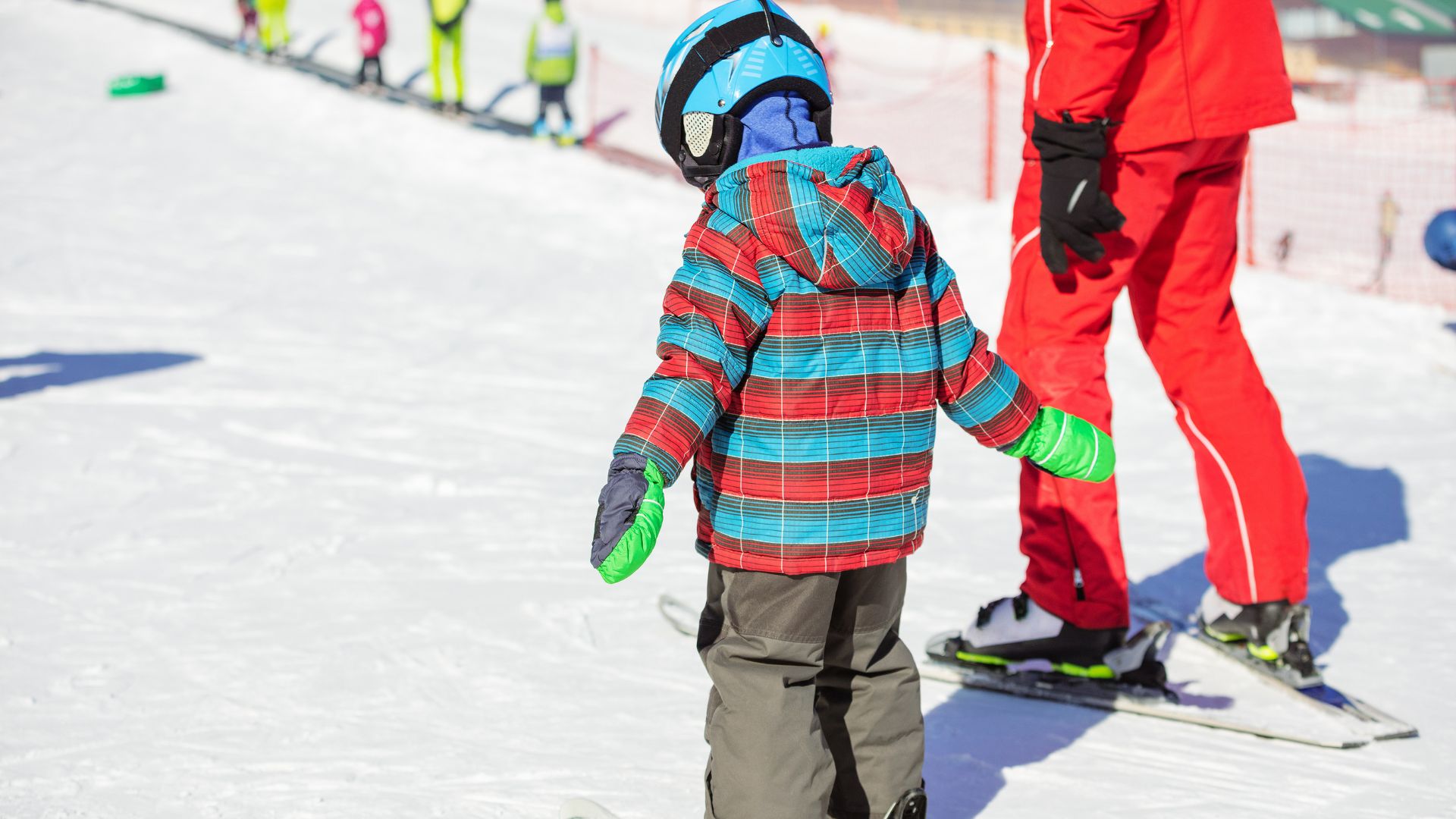
How to Teach Kids to Ski: A Complete Parent’s Guide
Skiing is a magical winter sport that can bring families closer together and create lifelong...
read More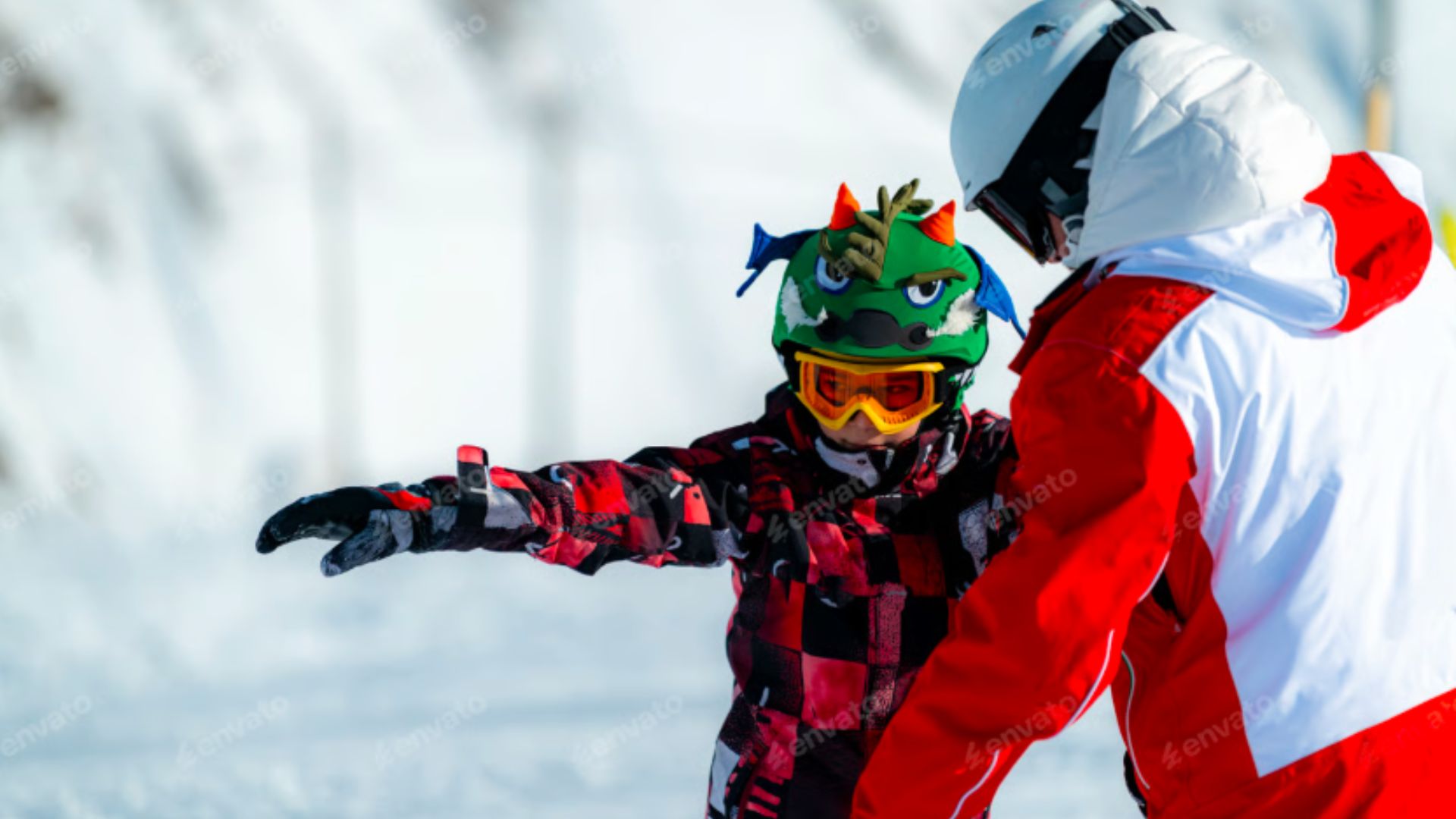
Ski Teaching Techniques: Mastering the Art of Ski Instruction
Teaching skiing is more than guiding someone down a slope—it’s about using ski teaching techniques...
read More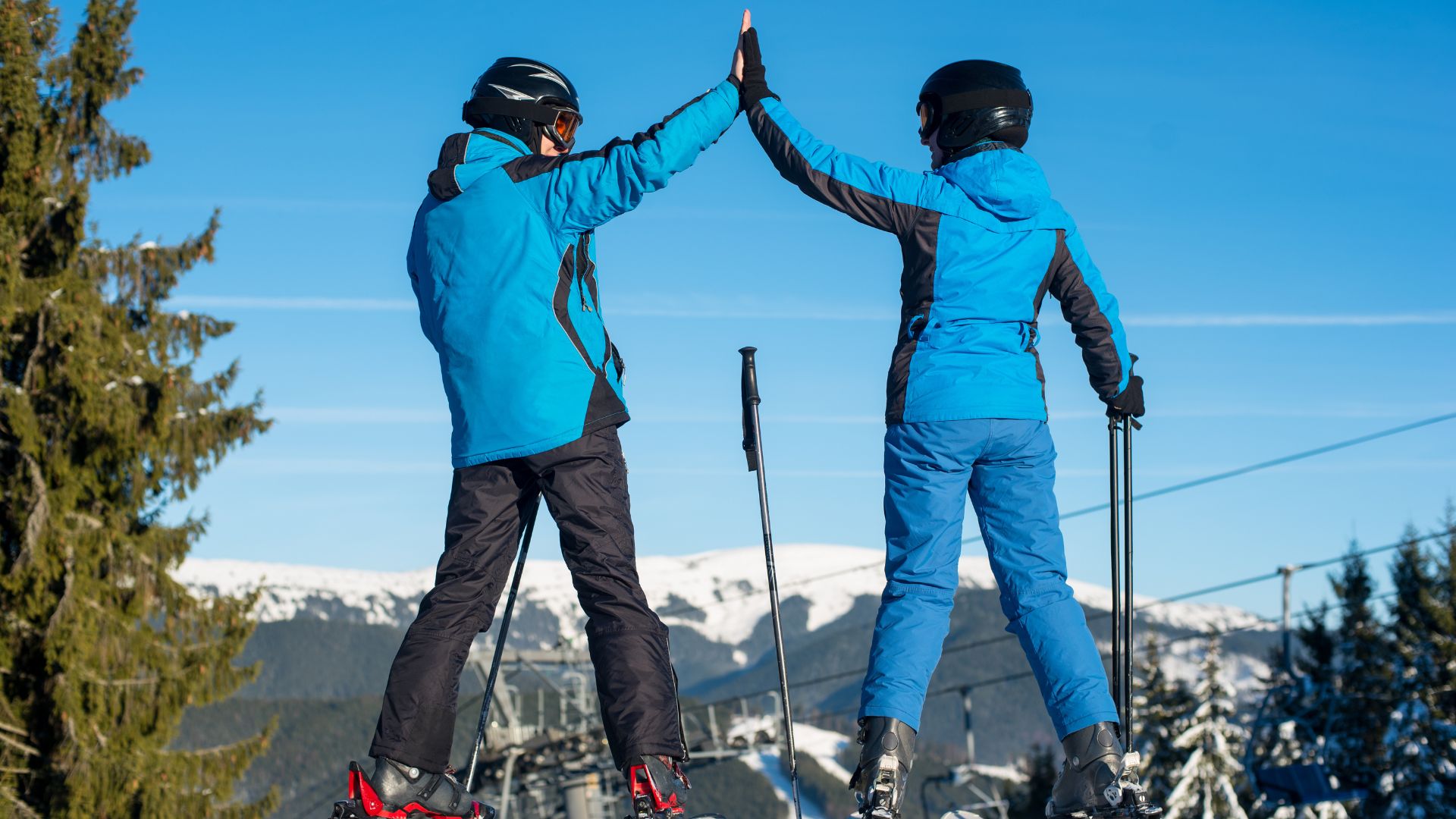
How to Become a Private Ski Instructor and Build Your Career on the Slopes
If you’ve ever dreamed of turning your passion for skiing into a career, you’ve probably...
read More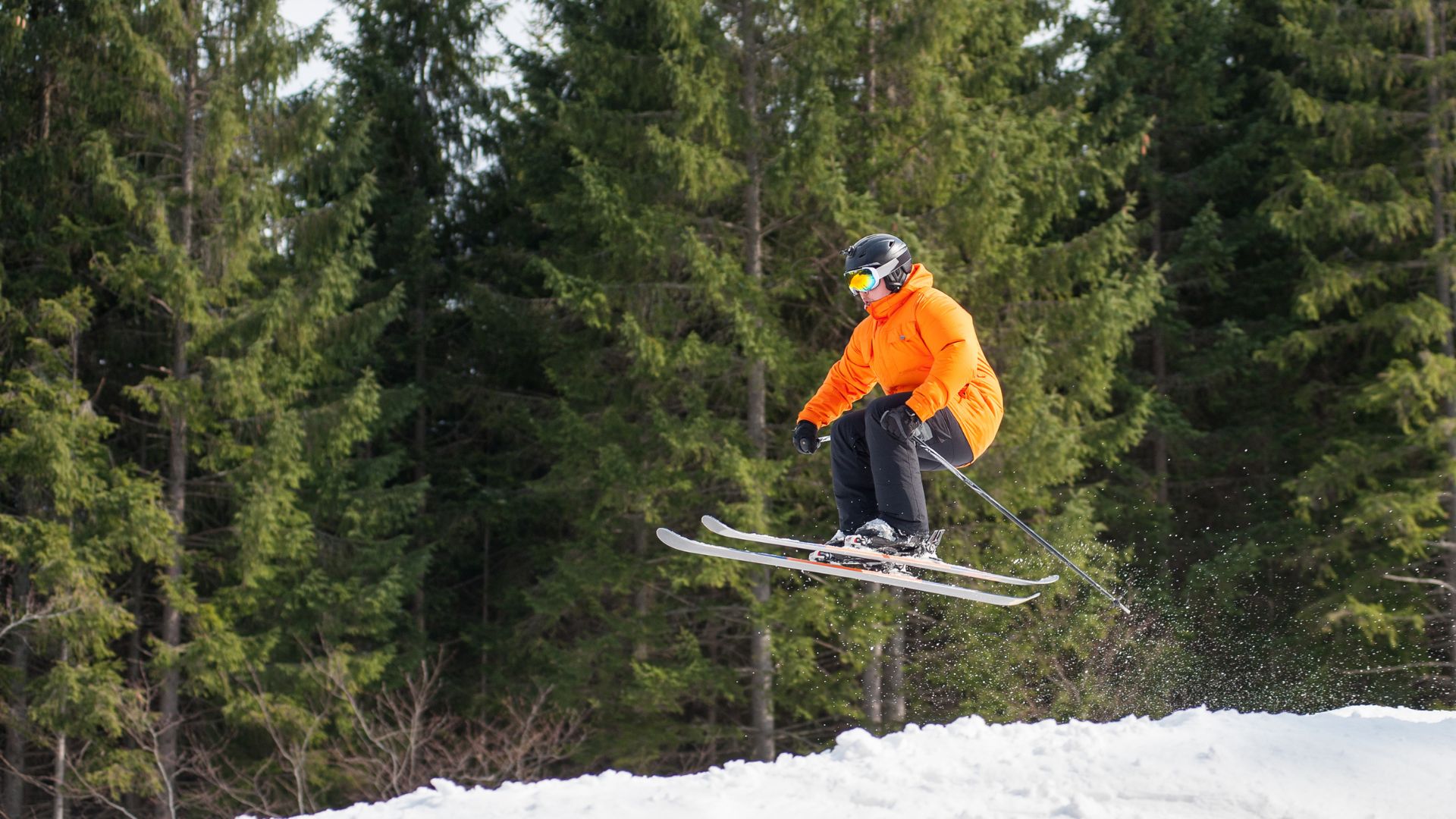
Where Can I Learn to Ski Jump: Lessons, Schools, and Tips
If you’ve ever watched athletes soar gracefully off a ski jump and wondered, where can...
read More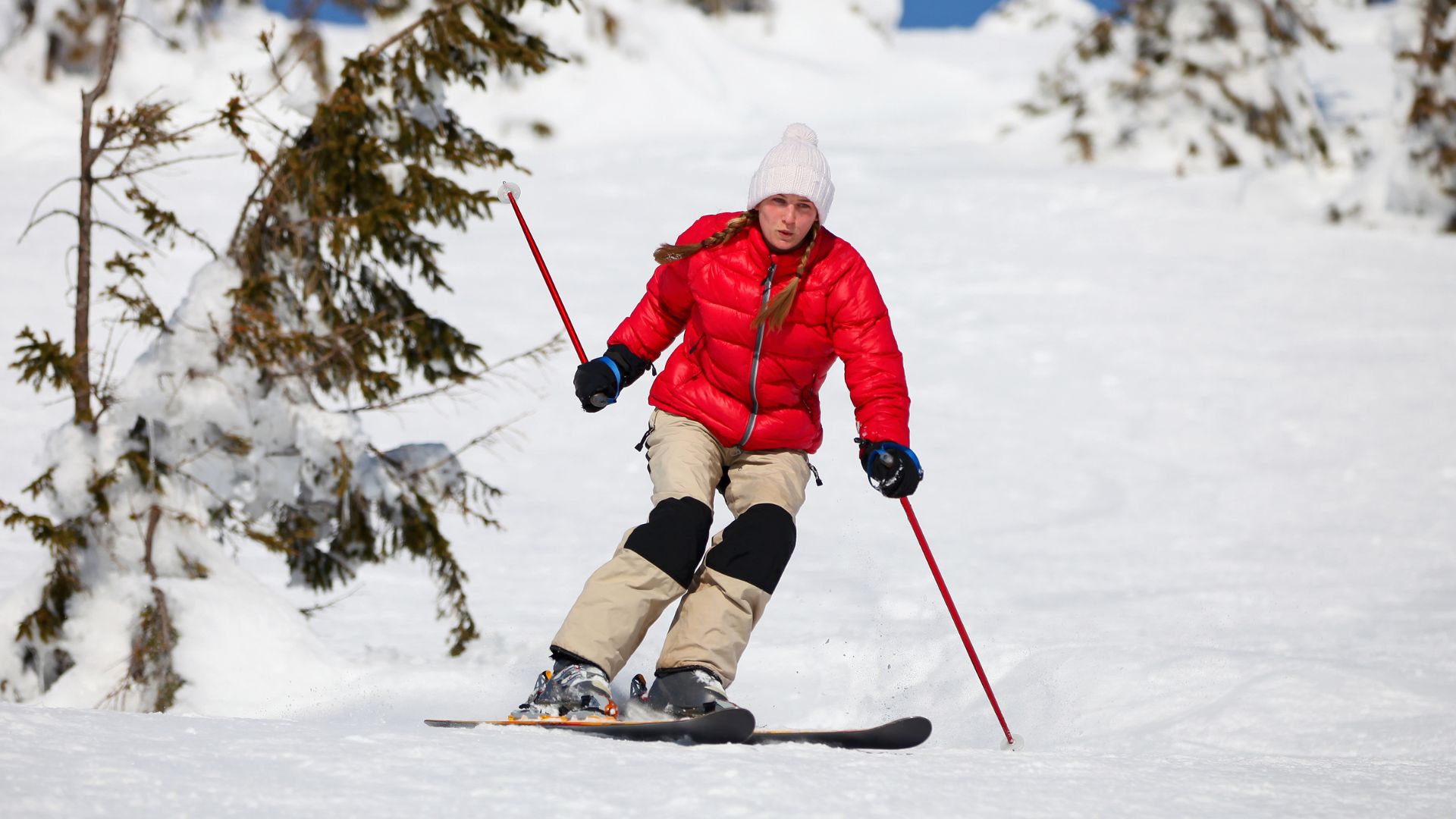
Skiing Safety Tips for Beginners: A Complete Guide to Staying Safe on the Slopes
If you’re new to skiing, the excitement of hitting the slopes can quickly turn overwhelming...
read More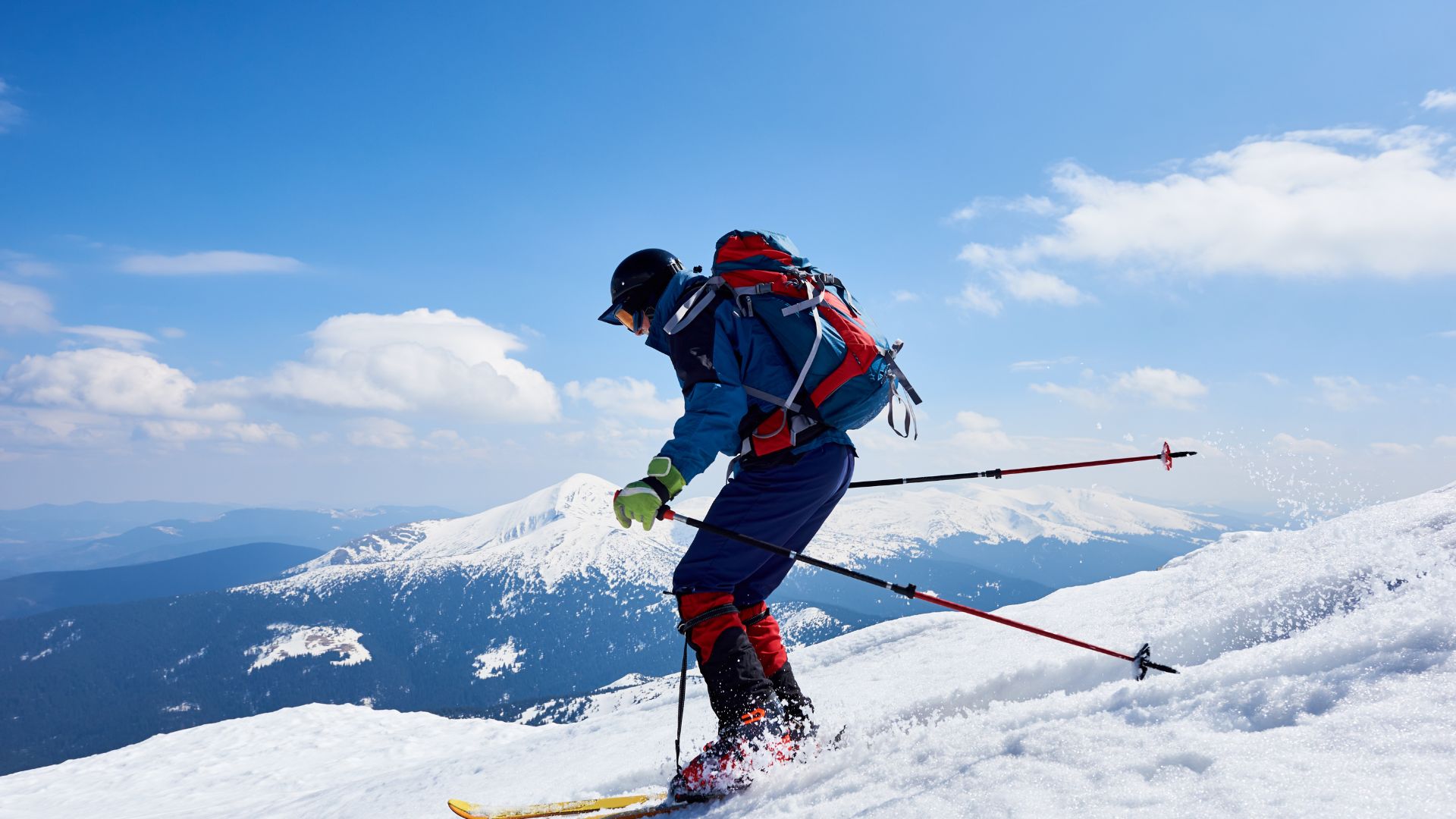
Off Piste Ski Training: Master Backcountry Skiing
Off piste ski training is essential for anyone wishing to elevate their skiing skills beyond...
read More